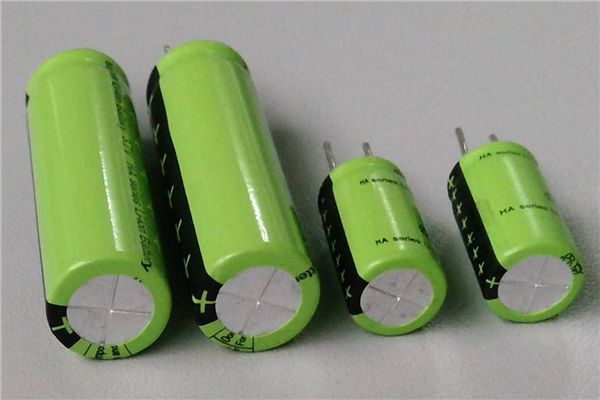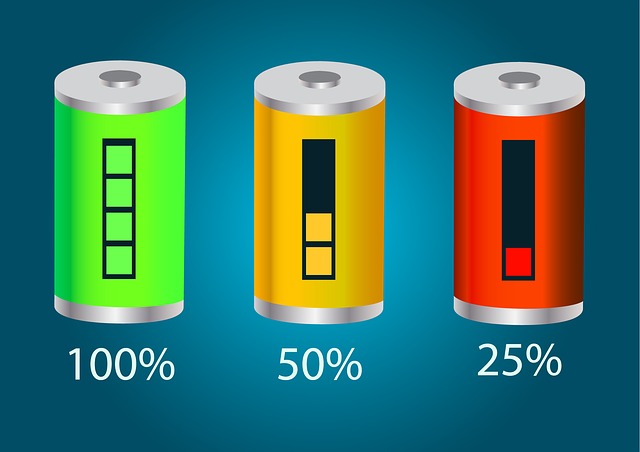Is it difficult to connect 18650 batteries?
Dec 10, 2019 Pageview:1397
Connecting your 18650 battery is not difficult at all. You can do so whenever and wherever you want. However, care must be taken while doing anything to your battery. There are risks in using batteries, and when there is an additional job to be done on the chemistry of the battery to improve its functionality or capacity, care is needed.
The proper soldering of lithium-ions has always been a big challenge, even for the most experienced technicians in the field. (notice the use of the word –proper)
Many people always try to solder lithium-ions or phone batteries. Although the battery manufacturers have not recommended that these batteries are heatable –so heating them may break the warranty on the battery. This is so because the manufacturers have not informed users on any reason to heat their battery.
Exposure of lithium-ion cells to heat can cause serious damage to the plastic separator, the pressure protections or even the major internal lithium layers.
How do you connect 18650 batteries?
Users often ask the question on how to connect their battery if they want to double the battery capacity, but not the voltage, or if they want to double the voltage, and not the capacity. The answer to the question is here, and it can be a bit confusing if you've never done any of those. However, after reading this, we hope it becomes a lot easier for you.
Before you continue, ensure you read the important notes that have been placed beside or at the bottom of your battery, so you can protect yourself from any hazard or risk. The following are simple ways you can connect your batteries.
Connection in series
When the batteries are connected in series, the voltage doubles but there is the same capacity (in amp-hours) been generated by the battery. This battery can be used on a scooter, on Power Wheels children's vehicle or on the other numerous applications where batteries are used. To do this, simply use a bridge or jumper wire between the positive of the first battery and the negative terminal of the second battery. Insert the positive wire from the open connection of the first battery and the negative wire from the open connection of the second battery.
Connection in parallel
When you connect your battery in parallel, the capacity (ampere-hours) of the battery doubles while you are maintaining the voltage of each of the individual batteries in the pack. This could be used in various applications like in laptop batteries, UPS backups, scooters, and many more. To do this, ensure you use a good jumper wire to connect the negative terminals of the two or as many batteries in the pack, and then another jumper wire to connect the positive terminals of both or all batteries in the connection. Then connect the positive and negative wires to the same battery and then run it to the application.
It is important to note the following: When you’re connecting your batteries in a package, ensure you take note of the following important, they are important.
Ensure you have identified the requirements of the application for which the battery is to be used. For instance, Do not double the capacity on your vehicle power wheel, if the vehicle doesn’t support that, or if you are not supposed to. Doing so might burn up the engine. Make sure you follow the recommended instructions for your application.
Again, do not use two different battery chemistries while connecting a pack. Normally, the voltages are different, but the charge rate in particular and the capacities may be quite different, resulting in a shortened life span.
Then try to match the battery capacities as much as you can. As you try to connect your battery packs, try matching the battery capacity as much as possible in other to avoid discharging one battery faster than the others. Once connected, the pack will operate at a combined voltage, so it is likely that if there is one cell that discharges faster, it will drain deeper than it can be recovered.
Can you solder 18650 batteries together?
A lot of people want to know if it is possible to solder 18650 batteries. The simple answer to that question is YES. You can solder your 18650 battery. But the question is, should you solder your 18650 battery? The answer to that is controversial. While some people believe you should, some others do not, because of the safety concerns.
However, irrespective of the side of the argument you choose to be a part of, to solder, you must have experience in soldering and also know some little physics to do the soldering properly.
Speaking about the physics of soldering your 18650 batteries, you should know by now that the heat to solder takes time to be transferred to from the iron to the battery. And, also, the extent of thermal damage largely depends on the materials involved, but the answer to not verheating the components you are soldering, which in this case is your 18650 batteries, is the limited time the battery is exposed to heat.
We are not going to dig deep into the complex graphics involved in thermal transfer curves, let’s get straight to the things needed to solder.
So, what do you need for soldering?
rosin and solder or rosin core solder
alcohol (acetylene ethyl or anything equivalent)
high power soldering iron (100W+ recommended but not mandatory)
metal wires or whatever you want to solder to the cell
Please, take note of the following: If the soldering iron needs a lot of time to warm up (maybe 30 seconds or more), remove the tip in favor of a thinner tip. A wire tip of 1mm will heat up a lot faster than a 2mm wire tip. But do not overdo this though. If it's too thin, it will surely melt.
But then, soldering can damage your 18650 battery, so whether to solder it or not is a controversial topic.
Some professionals believe the best way to connect your battery is by spot welding. They believe and argue that this process of heating the two-part enough to melt the two metals is better to connect and bond them. The zap used is short and also localized. Then the energy is low, and the high temperature will diffuse before they reach the sensitive part of the battery.
- Prev Article: 18650 Battery Power Bank
- Next Article: Lithium Ion Battery Life Tips
Leave Message
Hottest Categories
-
Hottest Industry News
-
Latest Industry News












